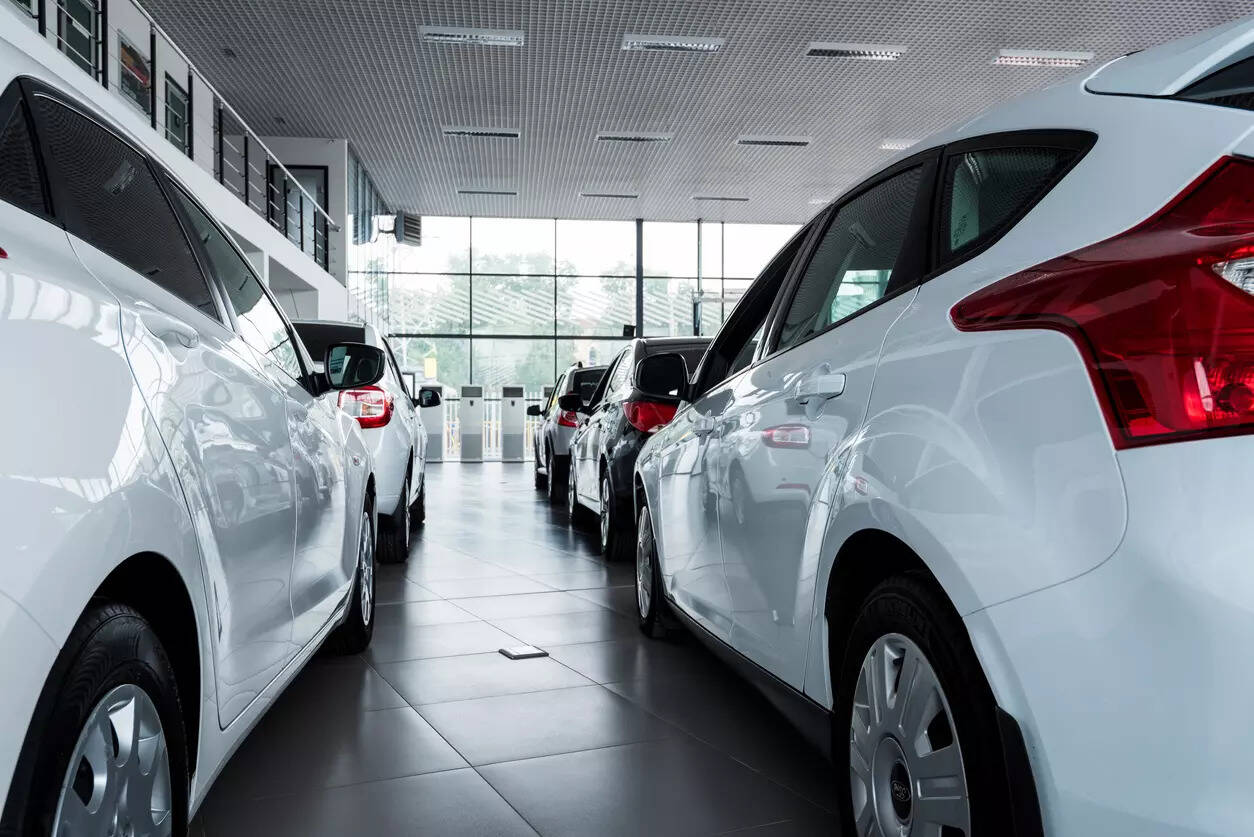
India’s automobile industry is headed for a modest Q1 FY26 earnings season, weighed down by global volatility, rising commodity costs, and geopolitical disruptions, according to a recent analysis by Kotak Institutional Equities, reports Financial Express. Automakers and component manufacturers are expected to report sluggish revenue growth and margin compression, with the overall outlook marked by weak exports, elevated discounts, and uncertainty over rare earth material supplies from China.
Muted growth for OEMs, JLR faces steep decline
Kotak estimates auto companies under its coverage will post just 1 per cent YoY revenue growth in Q1 FY26. Excluding Tata Motors, that figure improves slightly to 6 per cent. Production volumes remained largely flat across the PV, 2W, CV, and tractor segments. Higher average selling prices (ASPs) offered some cushion, but steep discounts and weak global demand undermined profitability.
Original Equipment Manufacturers (OEMs) are likely to see EBITDA margins shrink by 260 basis points YoY, though the impact narrows to 80 bps without Tata Motors. The sharp decline is attributed to rising marketing spends, input costs—especially tyres—and pricing pressures.
Jaguar Land Rover (JLR) is expected to bear the brunt, with EBITDA likely plunging over 50 per cent YoY, hurt by U.S. tariffs, poor demand in Europe and North America, and a strategic halt in U.S. shipments. JLR’s wholesale volumes dropped 10.7 per cent YoY, with retail sales slipping 15.1 per cent.
Mixed fortunes for domestic players and auto component makers
While JLR struggles, Tata’s domestic PV business may log 9 per cent YoY EBITDA growth, supported by Production Linked Incentive (PLI) schemes. Mahindra & Mahindra could post a robust 24 per cent YoY growth, driven by solid SUV and tractor sales. In contrast, Maruti Suzuki’s margins may shrink due to discounting and higher operational costs.
Among two-wheeler makers, TVS Motor stands out with an expected 31 per cent jump in EBITDA, benefiting from a strong product mix and operating leverage. Hero MotoCorp and Bajaj Auto are expected to show marginal declines or flat earnings amid input cost pressures.
The auto components sector may post 6.6 per cent revenue growth, but face margin compression of 60 basis points. Tyre companies like Apollo Tyres could report a 9 per cent earnings decline, while MRF and CEAT may log marginal gains. Bearing manufacturers are expected to perform better on the back of industrial demand.
Global component players such as Bharat Forge and Sona Comstar face a rough quarter, with expected revenue dips of 5 per cent and 3 per cent, respectively, due to lower exports and EV-related uncertainties.
With China’s export restrictions on rare earths and rising global protectionism, India’s auto sector must navigate uncertain terrain. Kotak warns that gross margins across OEMs will remain under pressure, though currency tailwinds and selective policy support could offer partial relief. While the first quarter signals caution, resilient domestic demand and policy-driven momentum may offer hope for a recovery in the second half.
